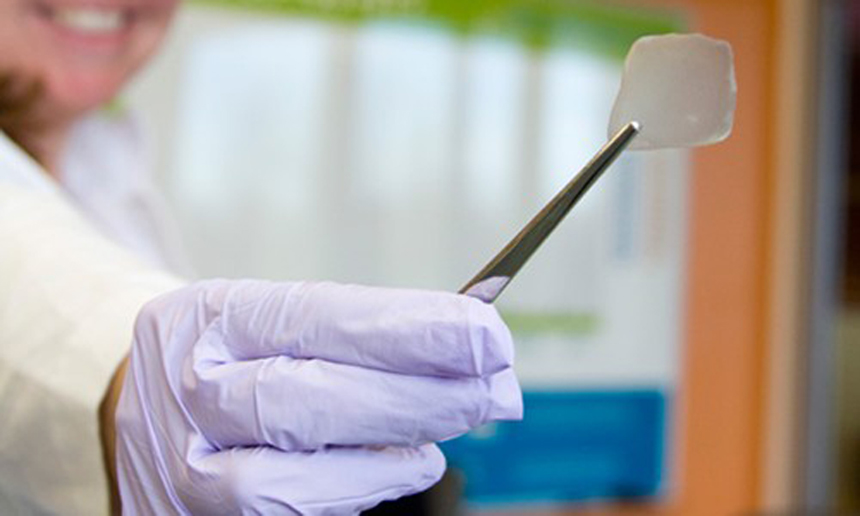Using citizen science to find a new taste

Can you taste this? At the Denver Museum of Nature & Science, you can find out!
© Denver Museum of Nature & Science
We humans love the taste of fat, whether it’s cheese or buttercream frosting or just one more doughnut. But is fat something that we can taste? We know that we can taste salty, bitter, sweet, sour and savory (or umami). But can we taste fat? A new study at the Denver Museum of Nature & Science aims to find out. And if you go to the museum, you might be able to help!
Scientists at the museum are working with scientists at Purdue University in West Lafayette, Ind., to find out whether we can taste fatty acids. Fatty acids are the chemicals that make up fats. Fats are an important source of fuel for our bodies. If we could taste them directly, we could seek them out, helping our bodies to find better fuel. In addition, if we could taste fatty acids directly, that ability could be reflected in our DNA. Some people might have a gene that makes them able to taste fatty acids better, while others might have a different version of the gene that makes them less sensitive.
You can enroll in an hour-long study at the museum to find out if you can taste fat. The museum has recruited nearly 30 citizen scientists to help run the study, all of them well trained on what to do. First, they teach each volunteer about their sense of taste. Then they give the volunteers a control taste strip and strips with different concentrations of linoleic acid, a fatty acid. Both the volunteer and the citizen scientist conducting the study will not know which strips are which. If you take the test with your sibling or parent, the scientists will also take data on who is related to whom. . This will help the researchers to determine if there are certain genes involved in tasting fatty acids.
So far, the study has 52 volunteers. The scientists are hoping for 3,000 participants to take the taste tests. Tiffany Derr, the research coordinator for Expedition Health at the Denver Museum of Nature & Science, says that the citizen scientists they have recruited to help are essential to the study. Citizen scientists are members of the community who are “passionate about science,” she says. Having them help out in all aspects of the research allows the Museum to conduct a large study with many more people. Citizen scientists pass a certification to enroll visitors, learn to process the data and have the opportunity to “see the scientific process in action.”
Derr hopes that the study will inform both visitors and volunteers about the scientific process. “We want to be able to educate as many people as possible. Not just about genetics and taste, but about how science works,” she says. The study is open until 2015, so you have plenty of time to plan your trip to Denver to do a taste test for science! For more information, visit the Denver Museum website.
Power Words
concentration A measurement of how much of one substance has been dissolved into another.
DNA (short for deoxyribonucleic acid) A long, spiral-shaped molecule inside most living cells that carries genetic instructions. In all living things, from plants and animals to microbes, these instructions tell cells which molecules to make.
fatty acid Large molecules made of up chains of carbon and hydrogen atoms linked together.
gene A segment of DNA that codes, or holds instructions, for producing a protein. Offspring inherit genes from their parents. Genes influence how an organism looks and behaves.
linoleic acid A fatty acid that the body needs to get from fats in our diet.